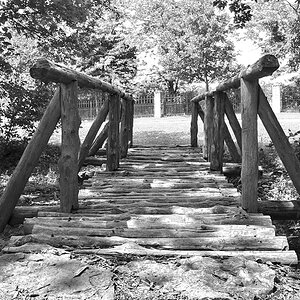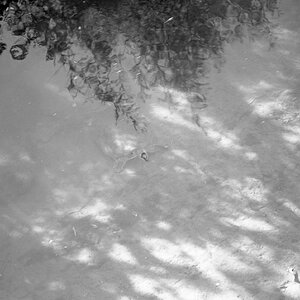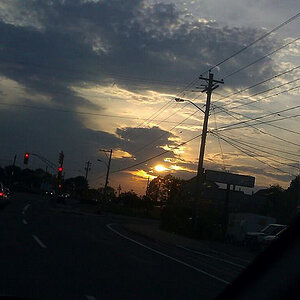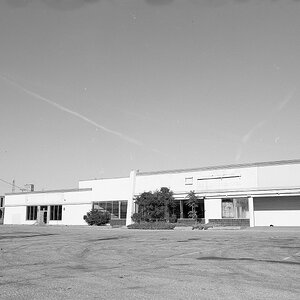deveel
TPF Noob!
That's what I like about TPF, you not only learn about photography but you also get some "education" about foreign places and habits and some behind the scenes insight. So I will contribute to this. In my holyday on Gozo/Malta (in the Mediterranean) I noticed that almost all the buildings there were made of some yellowish linestone. One day I could see why ... The island of Gozo consists to some extend of this limestone and there are huge areas just this material. So the Gozoitans cut off the top of such a deposit, make it plane and the cut vertically in a grid-like fashion in the limestone. The distance between the cuts is the size of a block. Then they make a horizontal cut and get their limestone blocks. Again, making it plane and they get the next level of blocks. The sand and dust which is produced from the cutting is collected and later on used as cement. They directly put the blocks on trucks and drive them to the construction sites (including the sand). The houses which are made of these limestone bricks really look pretty. After a quarry is used up, it is filled with building rubble from torn down houses to fill the holes again.
Here are the images:


The sad thing I learned is that the workers don't use safety equipment like masks that cover them from the dust ...
Here are the images:


The sad thing I learned is that the workers don't use safety equipment like masks that cover them from the dust ...






![[No title]](/data/xfmg/thumbnail/34/34128-13fc5c1fff2d14776c9fae00b71ea084.jpg?1619736299)





![[No title]](/data/xfmg/thumbnail/34/34129-d703825af0884060da6dd68f74046ef3.jpg?1619736300)
